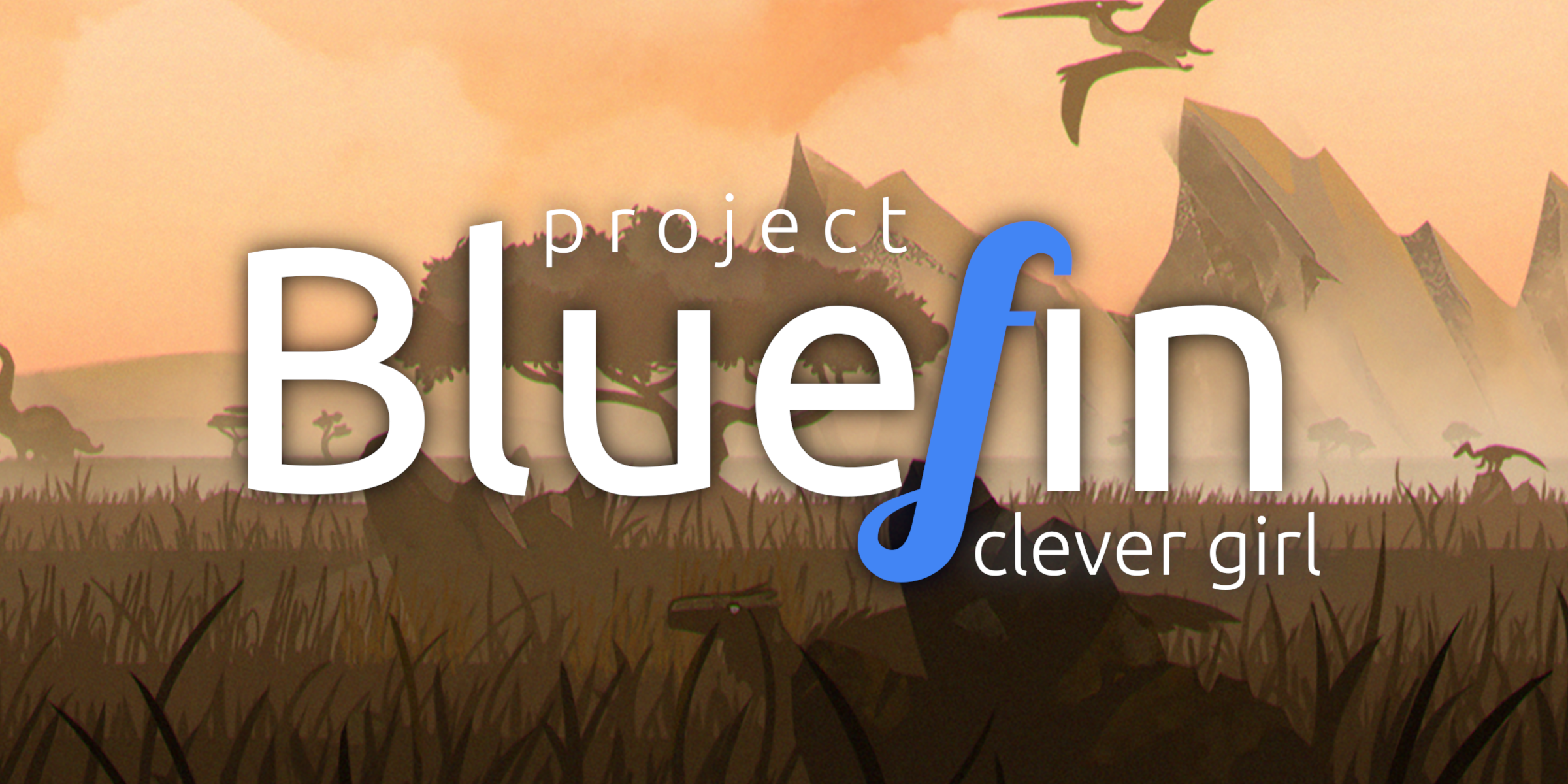- 3 Posts
- 2 Comments
Joined 1 year ago
Cake day: July 1st, 2023
You are not logged in. If you use a Fediverse account that is able to follow users, you can follow this user.

 1·1 year ago
1·1 year agoBecause it uses OCI images, it auto-updates like a Chromebook, and you can switch between modes, like say a gaming mode that’s a full SteamOS replacement, to a mode that gives you an entire development environment without needing to install and configure these layers or stacks of capabilities yourself.
That’s very powerful. For cloud native developers like myself who are used to working with container images as the deliverable artifact, this makes that workflow very easy. Podman is included. You can create entire development environments at will that are totally “pure”: no side effects because everything you need is in the container. That’s a Dev Container.




Hmm, well Fedora on its own (so no Silverblue) is very much your classic way of shipping a distro. That tends to mean that, over time, “cruft” accumulates as you upgrade your system, uninstall/reinstall packages, etc. They leave bits of themselves behind that can cause unwanted behavior.
Fedora Silverblue, that Bluefin is based on, treats the entire system layer as “immutable”. Basically, it ensures consistency so that upgrades and package upgrades don’t leave the system in an inconsistent state.
What Bluefin adds on top of this is a set of opinionated, pre-configured layers suited for getting particular groups of tasks done. Those layers are also immutable and tested as a whole, which makes shipping those layers at velocity easy (faster upgrades, less wonky behavior on upgrade) and easy to swap between, so you can go from gaming to developer mode without worrying about an accumulation of cruft.
Is that helpful at all? There’s also this announcement blog post, which I found very helpful in understanding the value proposition.